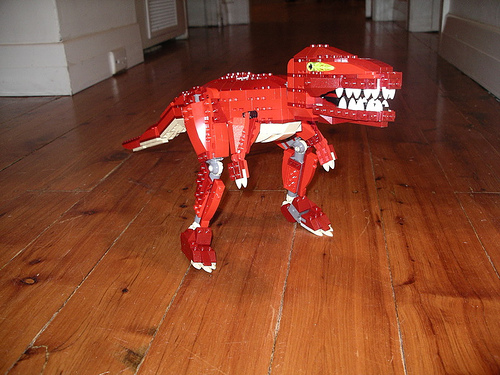Analyze a Single Object
The Lego, produced in millions, a childhood toy that is so simple but can consume the young minds of builders all over the nation. At first glance we notice that this toy is made out of plastic. Its shiny, smooth surface feels soft to the touch. The sharp, cold, geometric shape contrasts with the soft feel of the block. While the surface is smooth, the form is rough and structured. The top of the brick gives way to a repetitive row of circles, subtly labeled with the logo "lego". These circular forms then correspond to the indentations along the bottom side of the lego. The circles can then lock into place when stacked upon one another. There is an emphasis on these circles for many reasons. One, they protrude further than the rest of the form, creating uneven negative space around the object. Also, their logo label on each circle creates an embossed texture than is unlike the smooth surface of the block. Finally, there is an emphasis on them due to their necessity related to function. Without these lifted circles, the lego blocks would have nothing to attach onto and thus your lego would serve no building function.
Provided with a variety of brick sizes, and colors, the creator has endless possibilities for creation with his or her lego's. One could stack the lego's in alternating order of color to create a harsh contrast from line to line of lego brick. This also gives way for opportunity to design structure's full of repetition, giving way to rhythm of pattern or form. The individual blocks act as pieces of what the mind uses to create a unified whole, a Gestalt of lego creation. The lego brick can be thoughtfully combined to give the illusion of being one object.
Cred:
1. http://idletigers.files.wordpress.com/2008/01/lego-bricks-high-resolution.jpg
2. http://htmlgiant.com/wp-content/uploads/2010/04/57184557_b7cd583754.jpg


No comments:
Post a Comment